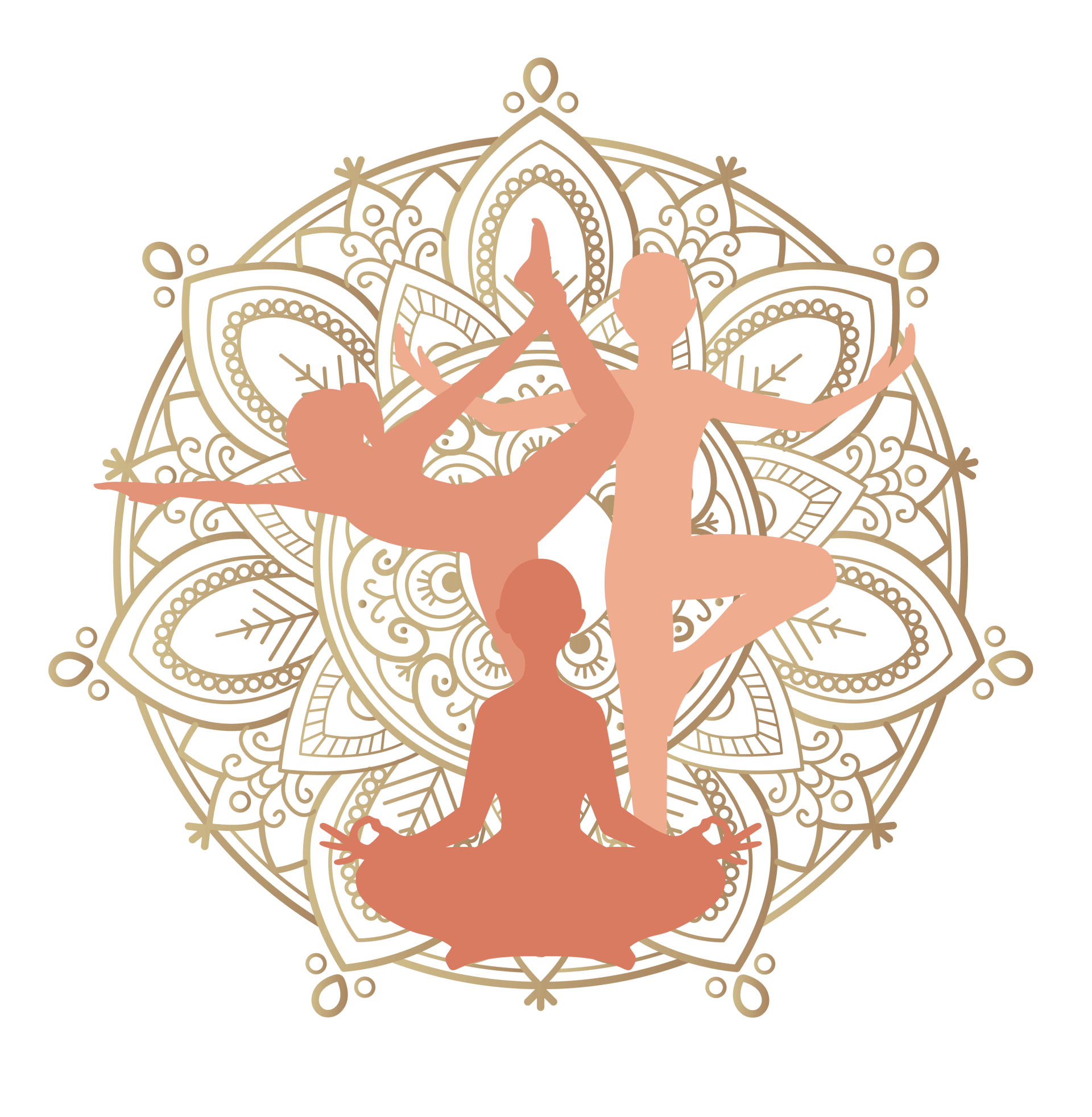Emotional Release Through Movement
Emotional Release Through Movement
The Emotional Intelligence of the Body
We often think emotions belong only to the mind. Yet they live first and foremost in the
body.
Stress, fear, anger, or sadness always manifest physically:
- a tight throat,
- tense shoulders,
- a knotted stomach,
- blocked breathing.
👉 The body records everything — our joys, wounds, and traumas. It stores past experiences long after the mind has “forgotten.”
This is what many therapists call body memory. When we don’t give space to our emotions, they become trapped in our muscles, tissues, and organs… eventually creating physical or energetic blockages.
Why Free Movement Is So Liberating
Free movement is a practice of moving the body
without rules, choreography, or aesthetic goals.
Unlike structured disciplines, it’s not about doing it “right” — it’s about allowing spontaneous gestures to emerge.
Why is it so powerful?
Because
the body knows. When you move without overthinking, you give your subconscious permission to express itself through movement. You allow hidden tensions to be released and your vital energy to flow again.
💡 Free movement acts like an emotional valve: it brings the hidden to light and releases what has been held for too long.
Emotional Blockages and Their Manifestations
Unexpressed emotions often appear as chronic tension:
- Back pain – the weight of responsibilities.
- Chest tightness – repressed fear or sadness.
- Hip stiffness – old wounds or fears stored deep within.
- Stomach pain – anxiety or unprocessed emotions.
👉 Free movement helps to access and release these blockages — not through the mind, but directly through the body.
How to Practice Free Movement for Emotional Release
The good news is that this practice is accessible to everyone.
Here are a few steps to start:
1. Create your space
Choose a place where you feel safe, alone or with people you trust. Put on music that inspires you — or embrace silence.
2. Start with your breath
Close your eyes. Take a few deep breaths. Feel your body as it is — with its tension, impulses, and resistance.
3. Let the movement come
Move slowly, then faster if your body needs it. Don’t force anything. Let your body show you the way.
4. Express your emotions
If emotion arises — anger, joy, sadness — let it out. Cry, laugh, stomp your feet, spin in circles. The goal is to let the energy move, not to control it.
5. Return to stillness
Lie down or sit quietly. Take time to feel the effects of this release and let your body integrate the experience.
The Benefits of Free Movement
This practice can profoundly transform your relationship with yourself.
Physical Benefits
- Releases muscular and joint tension.
- Improves mobility and flexibility.
- Enhances blood and energy circulation.
Emotional Benefits
- Frees repressed emotions.
- Reduces stress and anxiety.
- Brings lightness, clarity, and calm.
Psychological & Spiritual Benefits
- Builds confidence and self-trust.
- Awakens creativity.
- Deepens connection with your inner self.
👉 Through free movement, you learn to listen to your body as an ally, not just as a tool.
Integrating Free Movement into Daily Life
Free movement doesn’t have to be an exceptional practice. You can weave it into your everyday life:
- In the morning – to awaken your energy.
- At night – to release the day’s stress.
- After a challenge – to instantly unload tension.
- As a weekly ritual – to reconnect with yourself.
Even five minutes of movement can shift how you feel. What matters most is regularity.
FAQ – Free Movement & Emotional Release
Do I need to know how to dance?
No. Free movement requires no technique. It’s instinctive and accessible to everyone.
Is it a form of therapy?
Not in the medical sense, but it offers powerful therapeutic effects on an emotional level.
How long should I practice?
Anywhere from 5 minutes to 1 hour. The key is to listen to your body.
Can it replace yoga?
It’s complementary. You can alternate between yoga and free movement — or combine both in a yoga dance practice.
When is the best time to practice?
Anytime you feel the need to let go, express yourself, or release inner tension.
Conclusion: Your Body Holds the Key
Free movement is more than an exercise — it’s a
gateway to emotional freedom.
By allowing your body to move and express itself spontaneously, you give it the space to release, transform, and realign with clarity and peace.
👉 So why not try it today?
Play some music, close your eyes, let your body speak… and witness the magic.
And if you want to go further into emotional release through movement and explore guided yoga dance and intuitive dance practices, join our online studio: www.yogadanse.eu 🌿
Because in the end, your body already knows. It’s just waiting for you to listen.
Namaste 🪷







